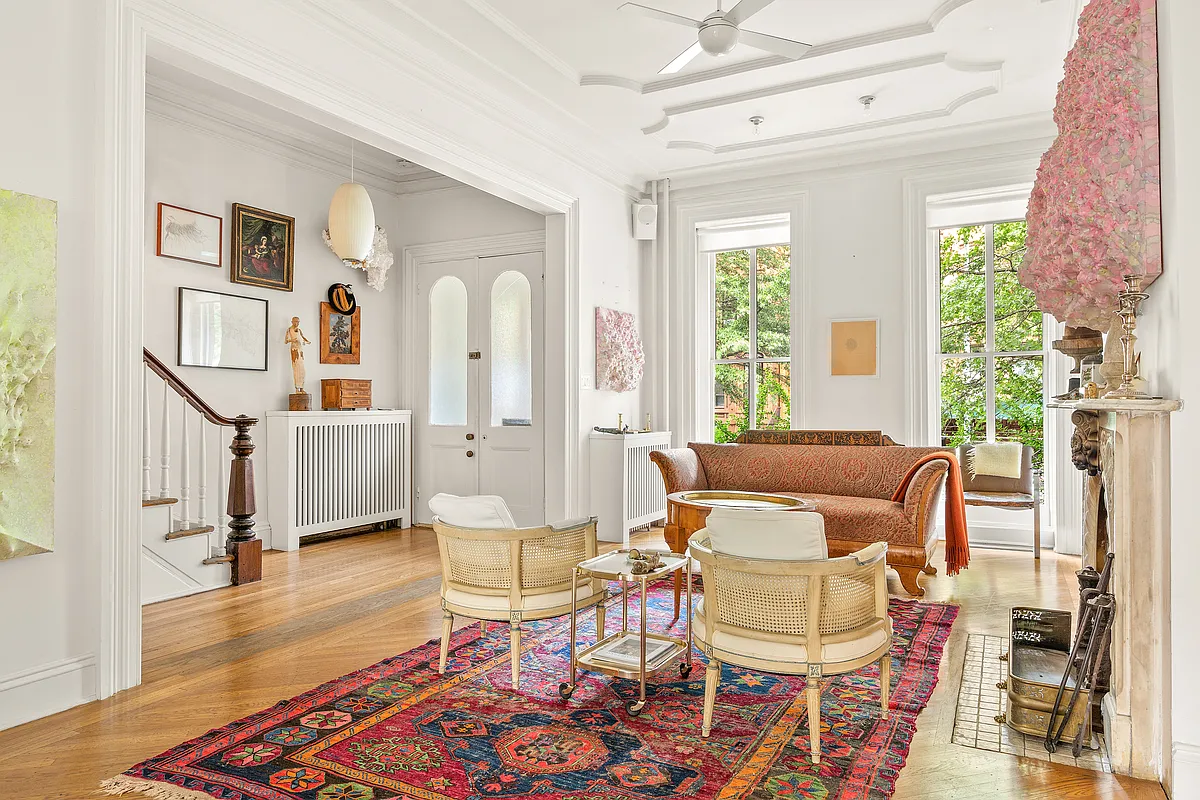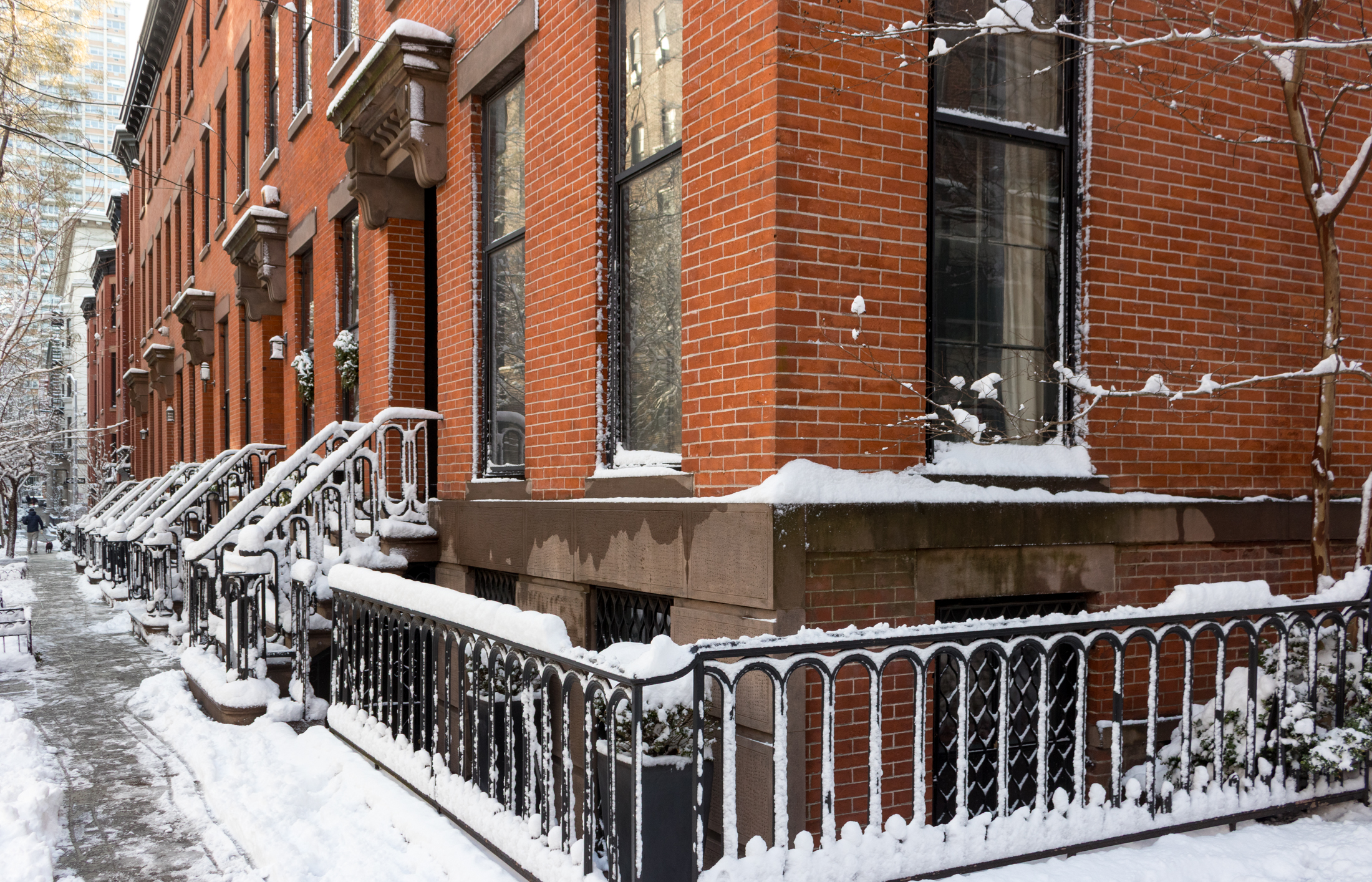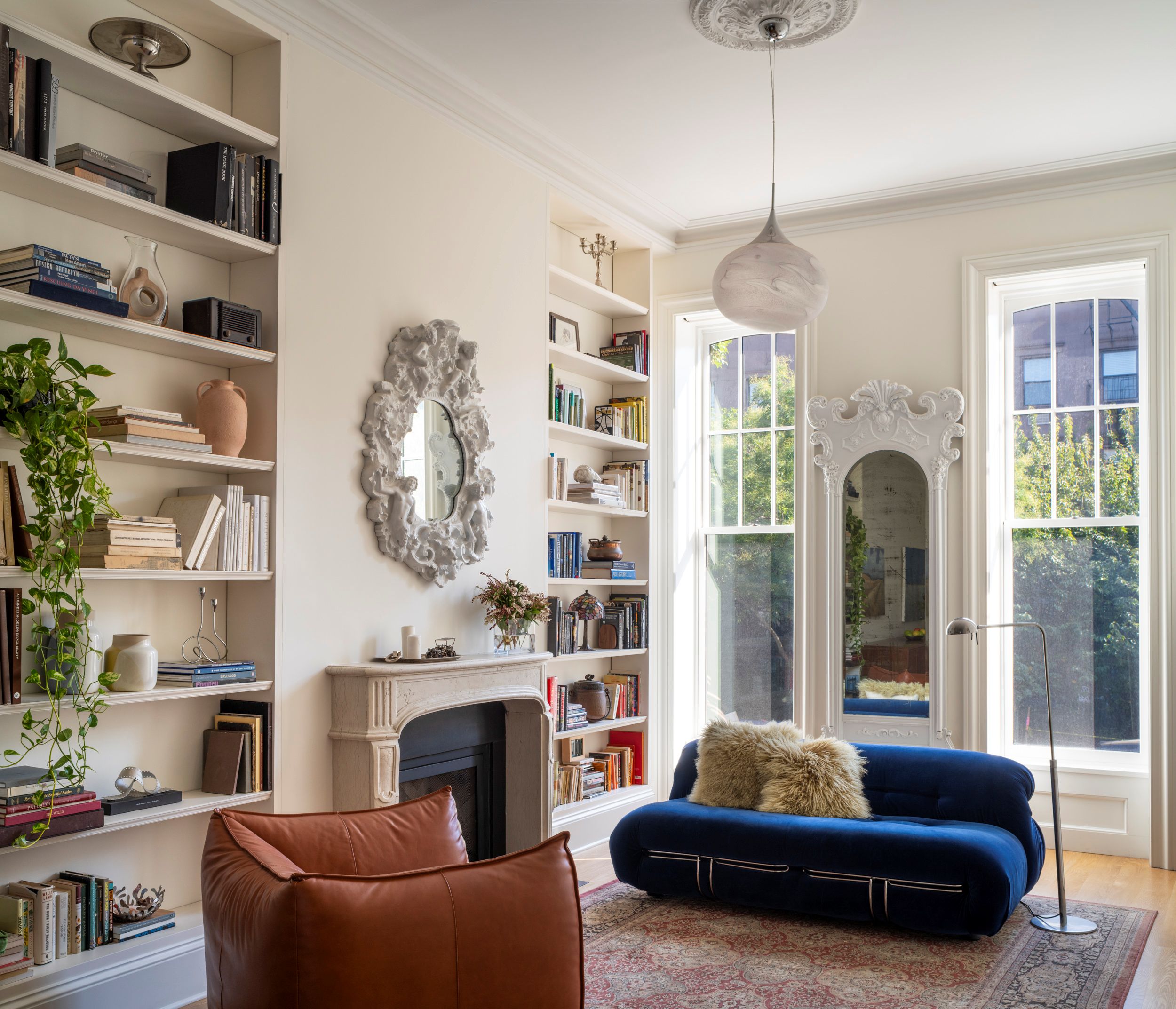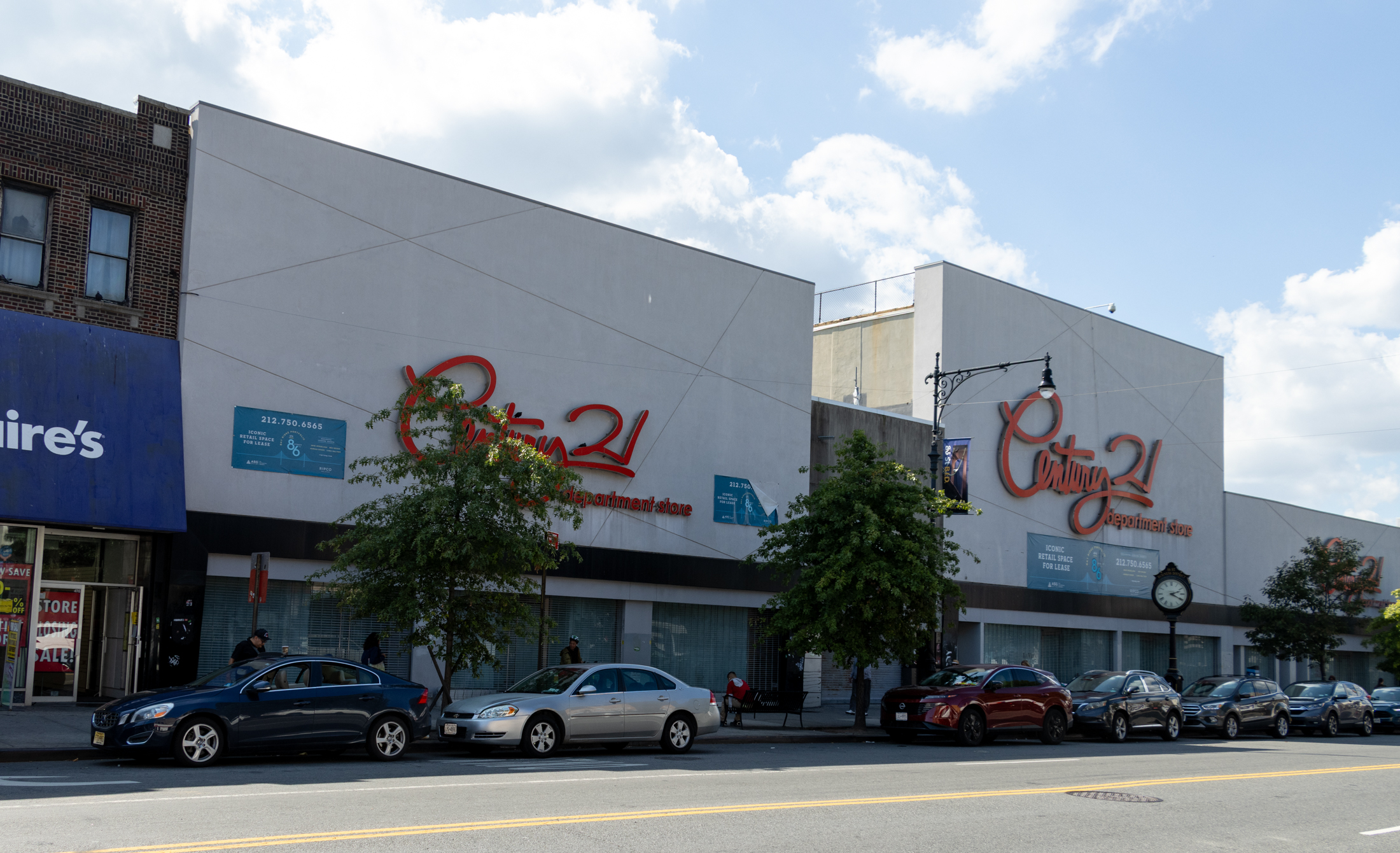Walkabout: Pressed Metal Ornament
As I’ve started to really notice all of the elements that go into the buildings that make up Brooklyn, I’ve developed a large dose of respect for the designers and builders who made it all happen. A hundred or so years ago, a building was not just four walls (or less), a roof, and the…


As I’ve started to really notice all of the elements that go into the buildings that make up Brooklyn, I’ve developed a large dose of respect for the designers and builders who made it all happen. A hundred or so years ago, a building was not just four walls (or less), a roof, and the other necessary elements of function.
A building was an opportunity, a canvas for the artistic talents of so many different industries, crafts and craftspeople.
We’ve looked at some of those elements: stonework, carved wood, wrought iron, stained glass, and brick, as well as the different parts of buildings, from the doors to the cornices, every surface, depending on the period and style of the building, gave the architects and their crews and suppliers, a blank canvas for ornament.

As technology and manufacturing advances allowed new and different materials to be utilized, the lines between materials often becomes blurred, as metal imitates wood or stone, and is used in ways that a blacksmith would never have imagined.
In New York City, James Bogardus is credited for his pioneering use of cast iron facades, ushering in the commercial building boom that resulted in the beautiful classical style warehouse and office buildings seen in Soho and lower Manhattan.
By casting the columns, friezes, ornamental detail and other components, in moldable cast iron, Bogardus and his contemporaries were able to cheaply replicate detail that had always previously been out of stone, which was heavy, expensive and time consuming to create and install.

Cast iron was quickly molded, could be painted to imitate stone, and its lightweight properties enabled more windows and airier spaces to be developed. The results can be seen in the magnificent buildings that are now prized for their ornament as well as their size and configurations.
The potential uses of this material were quickly seized by the residential and commercial architects working in Brooklyn in the last quarter of the 19th century.
We find pressed metal trim used most often, on or below cornices, in bandcources with repeating patterns that unify groups of buildings, or add interest to only one. Elaborate and heavy looking brackets can be cast in metal, allowing for great inventiveness and impressiveness in cornices, yet are only thin sheet metal with wood framing underneath.

Most often, this sheet metal is painted to imitate stone, but as the years passed many homeowners often showcased the ornament by painting these friezes in contrasting and brighter colors.
Sometimes the paint has worn away, and the patina of the steel and other metals, often red with rust, is appealing in its combination of color, texture and pattern, although dangerous to the life both the building and the metal itself.
Sheet metals such as copper are sometimes used, more often in architectural elements sheathing bays, or rooflines. The oxidized green patina formed is especially beautiful, and is highly prized.

The themes are often floral, or classical swags and bows, or more elaborate motifs from a variety of ages and sources. An architect was only limited by his imagination. And we can’t forget the most common use of pressed metal in our late Victorian buildings, interior tin ceiling panels, in both commercial and residential use, often in elaborate and fanciful patterns.
My Flickr page shows the variety and beauty of this medium, one of the many elements that make observing Brooklyn architecture so enjoyable.



[Photos by Suzanne Spellen]





MacDougal or MacDonough?
Love the metal work, but true- it can be problematic in the long run.
Max- check the forum archives. there is someone call the Tinker’s Wagon (I think) and they may do repair work like this.
Good luck with it- and thanks MM, for highlighting another beautiful element of old houses.
Interesting piece and very very well written. Can’t wait for next one.
True. The pressed tin is lovely. But is it serviceable? I have a building in Brooklyn with lovely tin or copper facade elements – including window-sills and work over the lintels. It is 80 years old now and it has holes in it and it now acts as a funnel to move water directly onto window frames and then causes bad leaks in apartments.
Does anyone know whether there are any reasonably priced businesses in Brooklyn which will repair holes in decorative tin facade work?
Who even does this? Sheet-metal workers? Tin-smiths? Anybody?
I would be happiest to have the work done in such a way as to preserve the appearance but this is a rental building with mostly stabilized tenants and I am not going to drop crazy bank to keep original detail if there is a significantly cheaper option.
Suggestions?